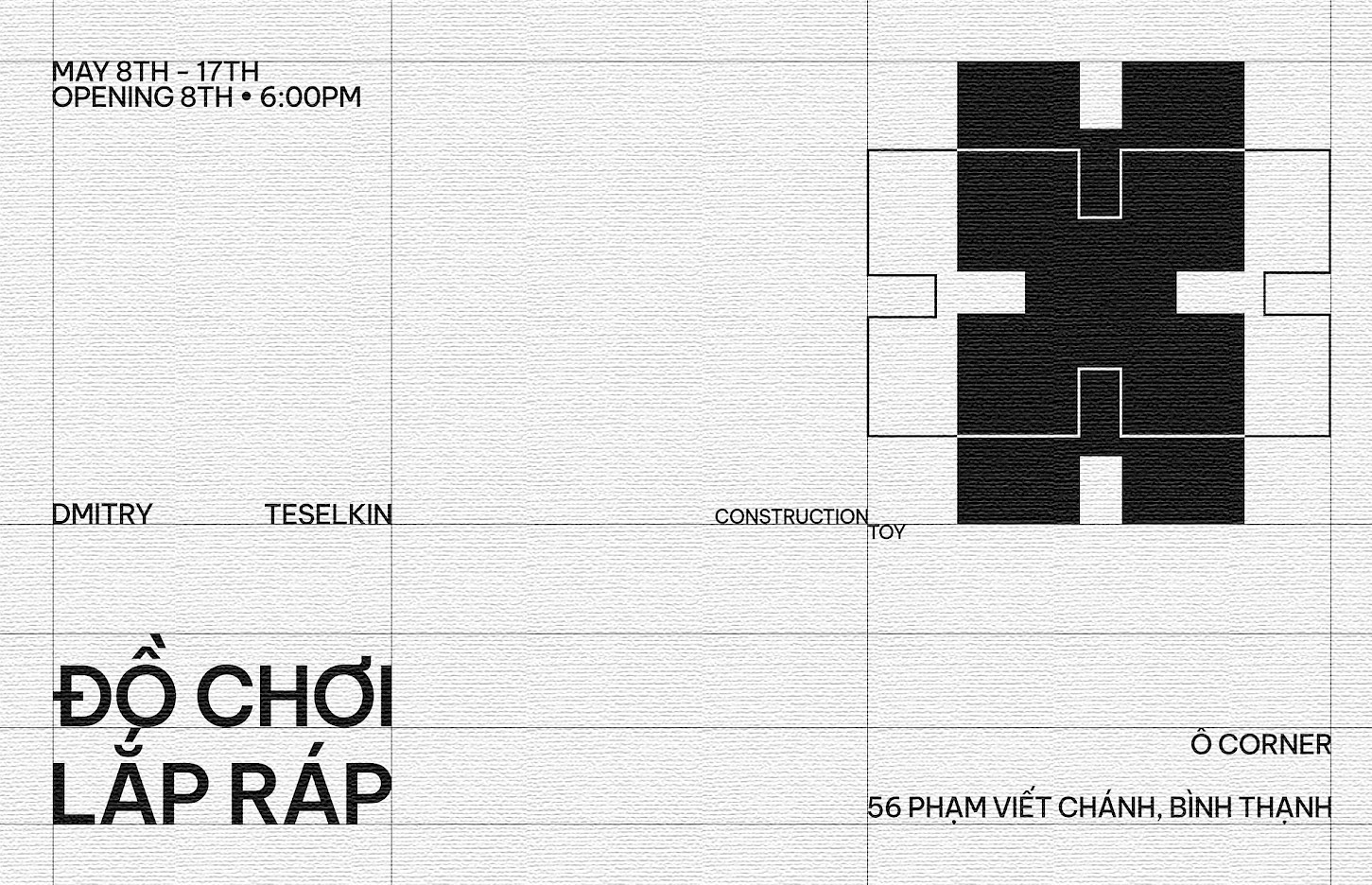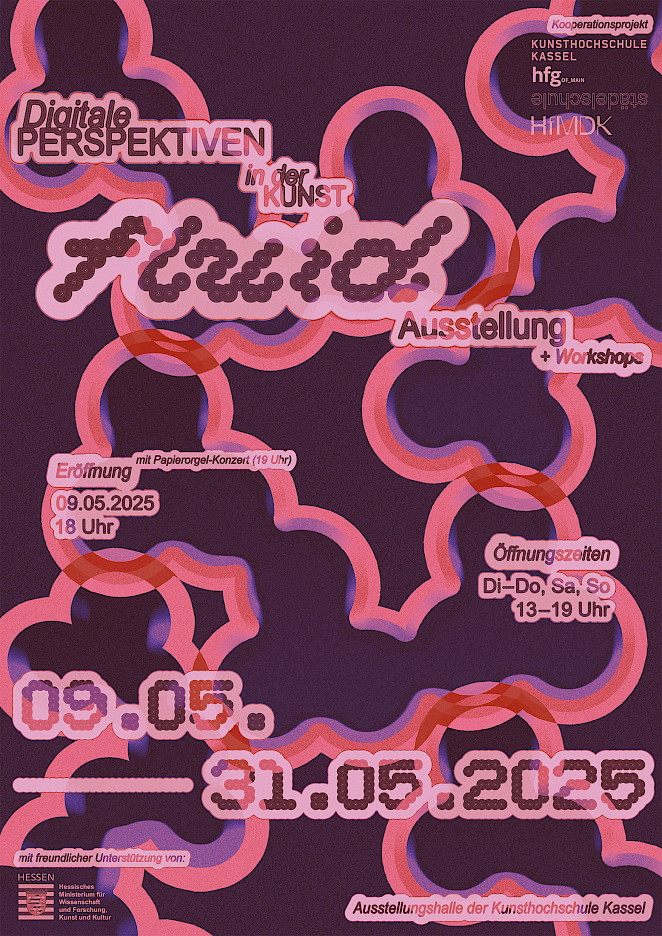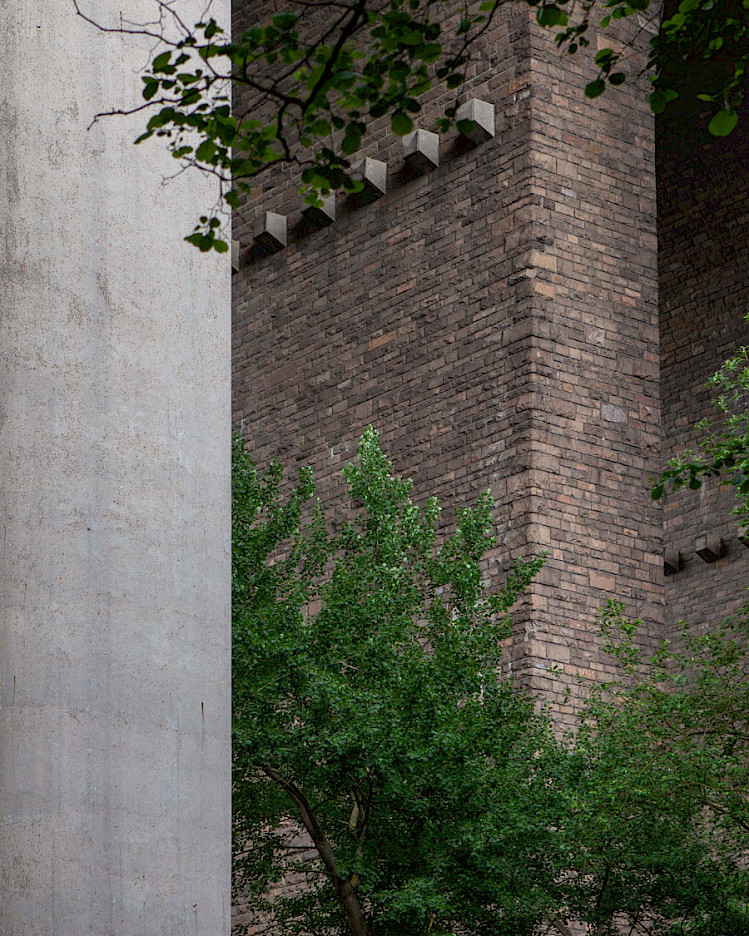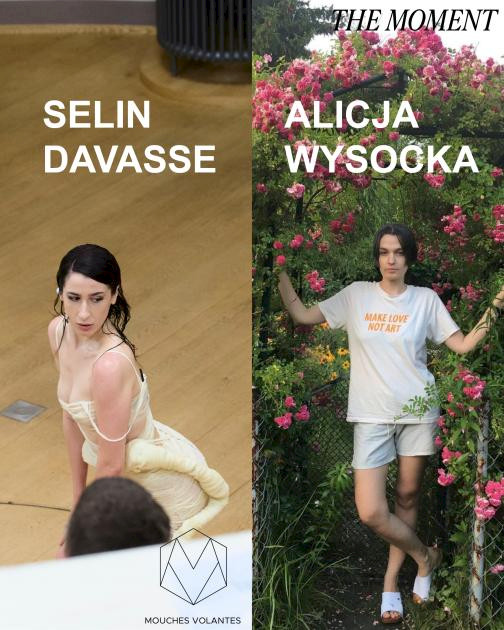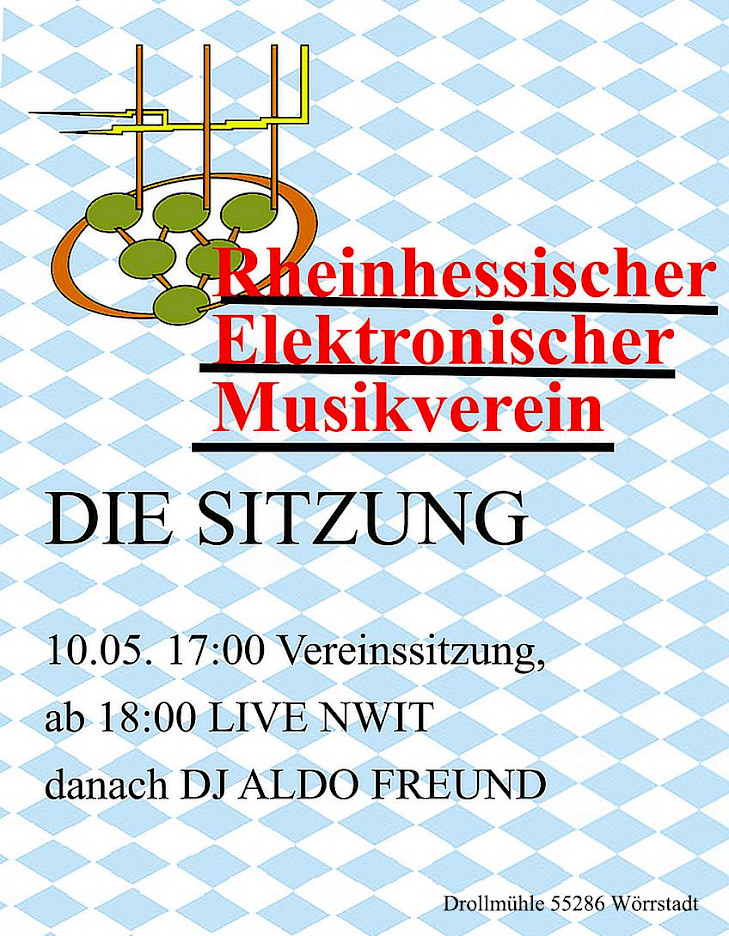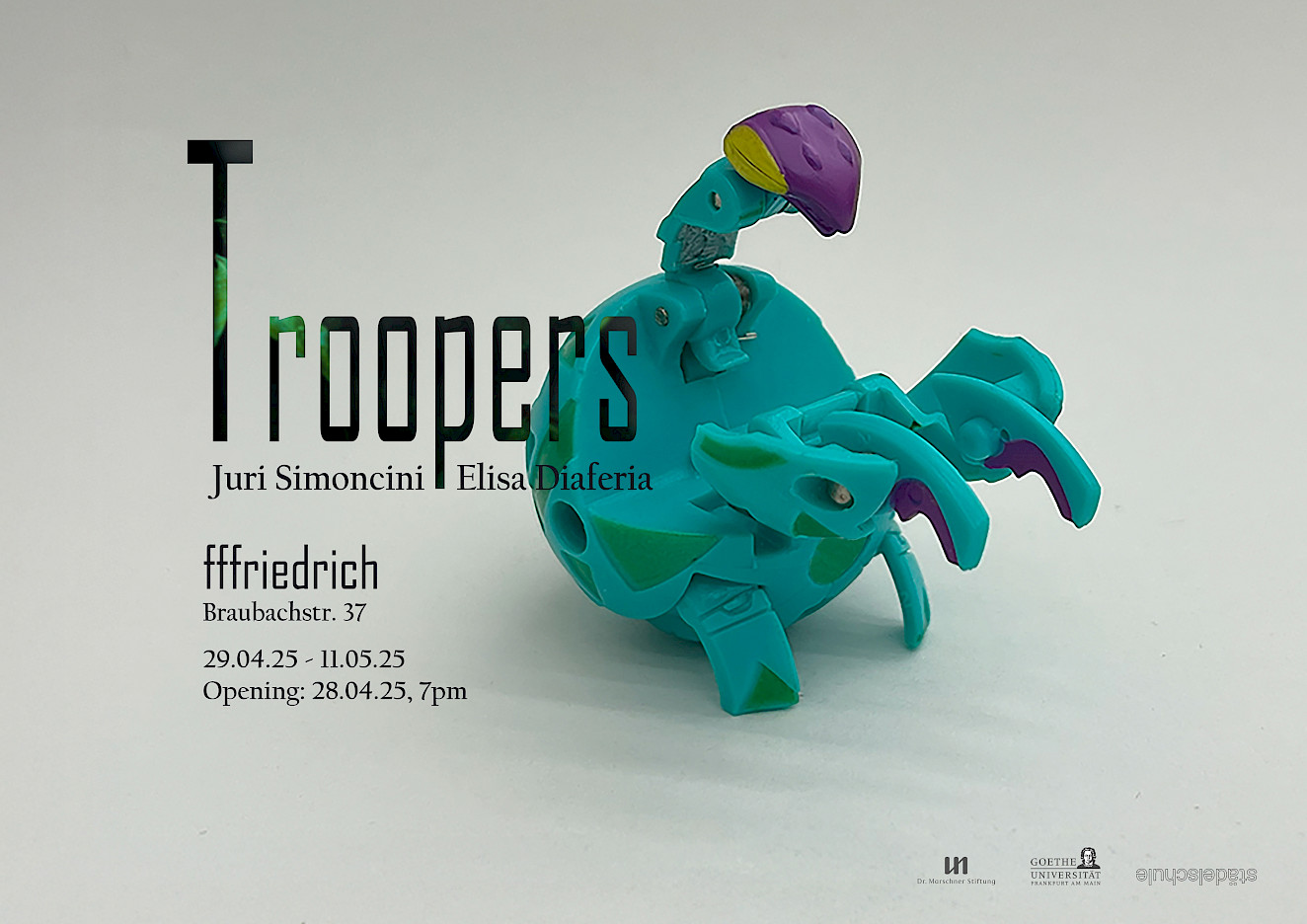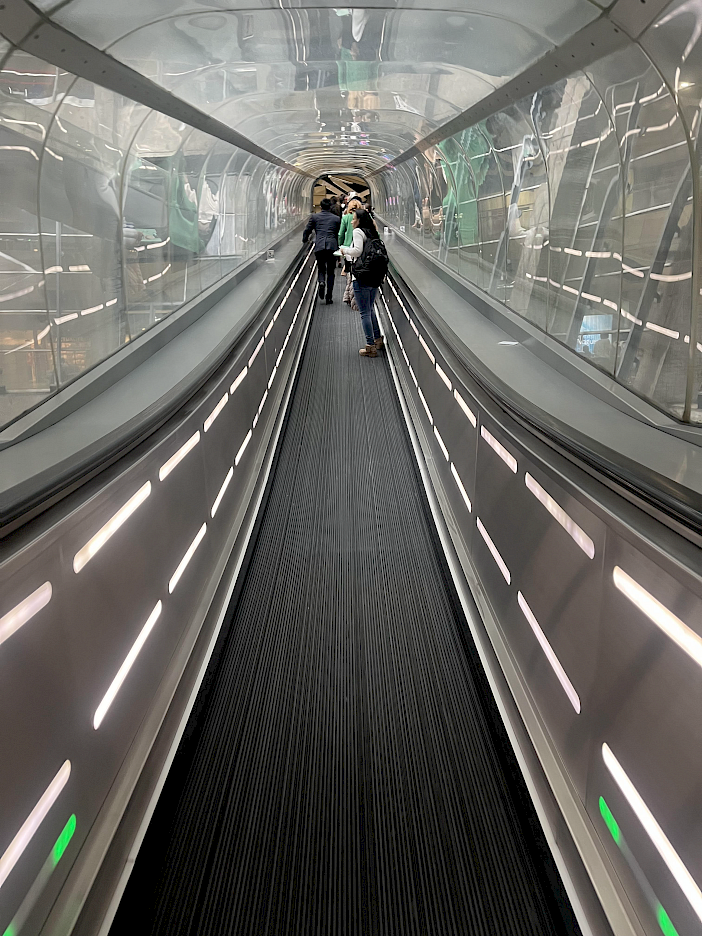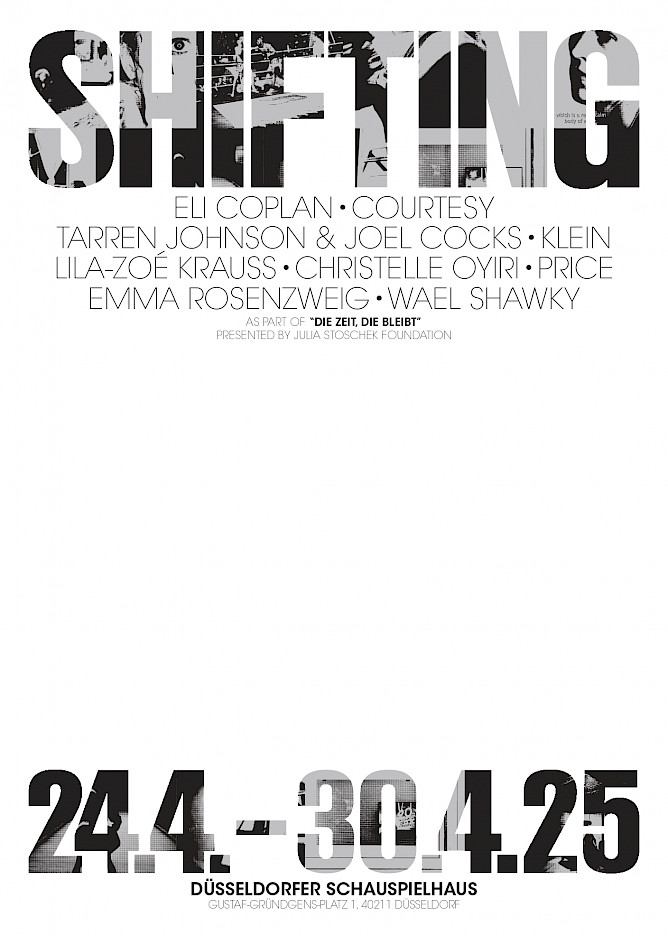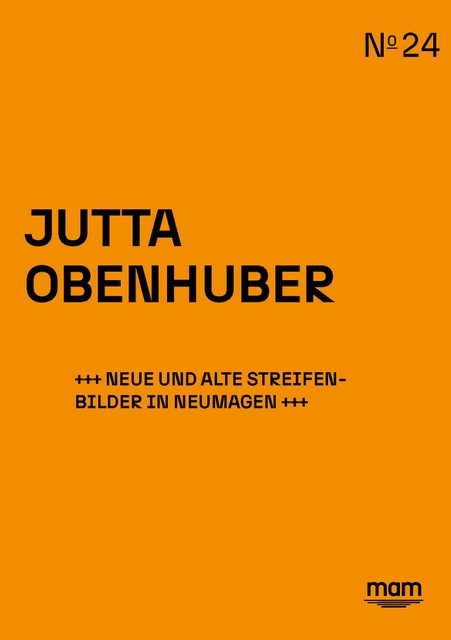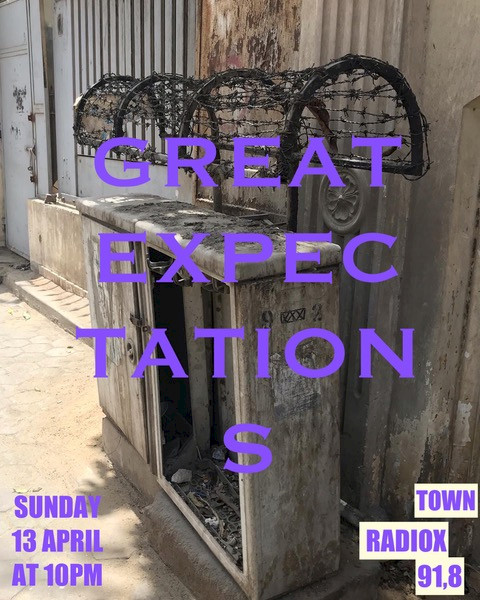until Feb 27 2021
Galerie Bärbel Grässlin is heading into 2021 with “HochTief”, a group exhibition featuring works by artists Anna Fasshauer, Martin Kähler, Meuser, Tobias Rehberger, Andreas Slominski and Monika Sosnowska. The exhibition’s very title indicates the common ground shared by the exhibits on show. Accordingly, the most obvious way that these primarily three-dimensional objects can be quantified in order to assess their practicability is on the basis of their heights and depths. The items on display are sculptures which appear to have their material origins in our everyday world – sheet aluminum and aluminum profiles, vases, concrete, steel and steel girders, a railing, a neon sign and a garage door. These appear to be found objects that the artists have processed and worked as they see fit. Any possible practical use has been ruled out once the artists have manipulated and shaped their materials to their own ends. In the gallery situation these pieces acquire a new status, liberated from their plinths and emancipated from the everyday world.
Anna Fasshauer, for instance, works with the kind of materials that are to be found as leftover scrap on modern, optimized building sites. Evidence of the incessant speed at which the construction industry works, these remnants of industrialized building such as aluminum profiles are now on show in the gallery as improvised artifacts as it were.
Martin Kähler’s work is likewise characterized by the materials of arte povere and by their fragile appearance. Constructs made of seemingly stable building materials constitute examples of an exceedingly unstable balance in which even the random has become a strategy. In his more recent work, the traces of his intervention such as the imprints of his fingers and feet on gleaming sheets of aluminum are all testimonies to physical acts and exertion.
With Meuser’s materials, what we are talking about is junk, things that once had a practical use. However, that prior utilization is no longer in evidence, not only because of the artist’s approach to his material but also through his painterly treatment of his surfaces. His work appears in a new context, transformed into objects with a life of their own.
The central concern and starting point of Tobias Rehberger's artistic strategy is the concept of the work. In addition to elements from design, architecture, fashion, and advertising, human desires and needs also serve him as working material. In modified form, he places these objects in new contexts and in doing so explores the relationship of the artwork to its environment, its conditions of production and presentation.
The oeuvre of artist Andreas Slominski can be described quite generally as an aesthetic exploration of everyday perceptions of a random nature. In the process, it is repeatedly the case that their functions, contexts and contents have been altered.
In her work, Polish artist Monika Sosnowska investigates the formal vocabulary of the avant-garde Constructivists and the legacy of Modernist architecture in her hometown of Warsaw. Her sculptural idiom has its origins in a process of experimenting with and appropriating building materials. The way that she manipulates and shapes her materials provides their elements with the kind of autonomy that was only suggested by their earlier functions.
Text: Katharina Baumecker
Translation: Dr. Jeremy Gaines
Galerie Bärbel Grässlin
Schäfergasse 46 B
60313 Frankfurt, Germany
